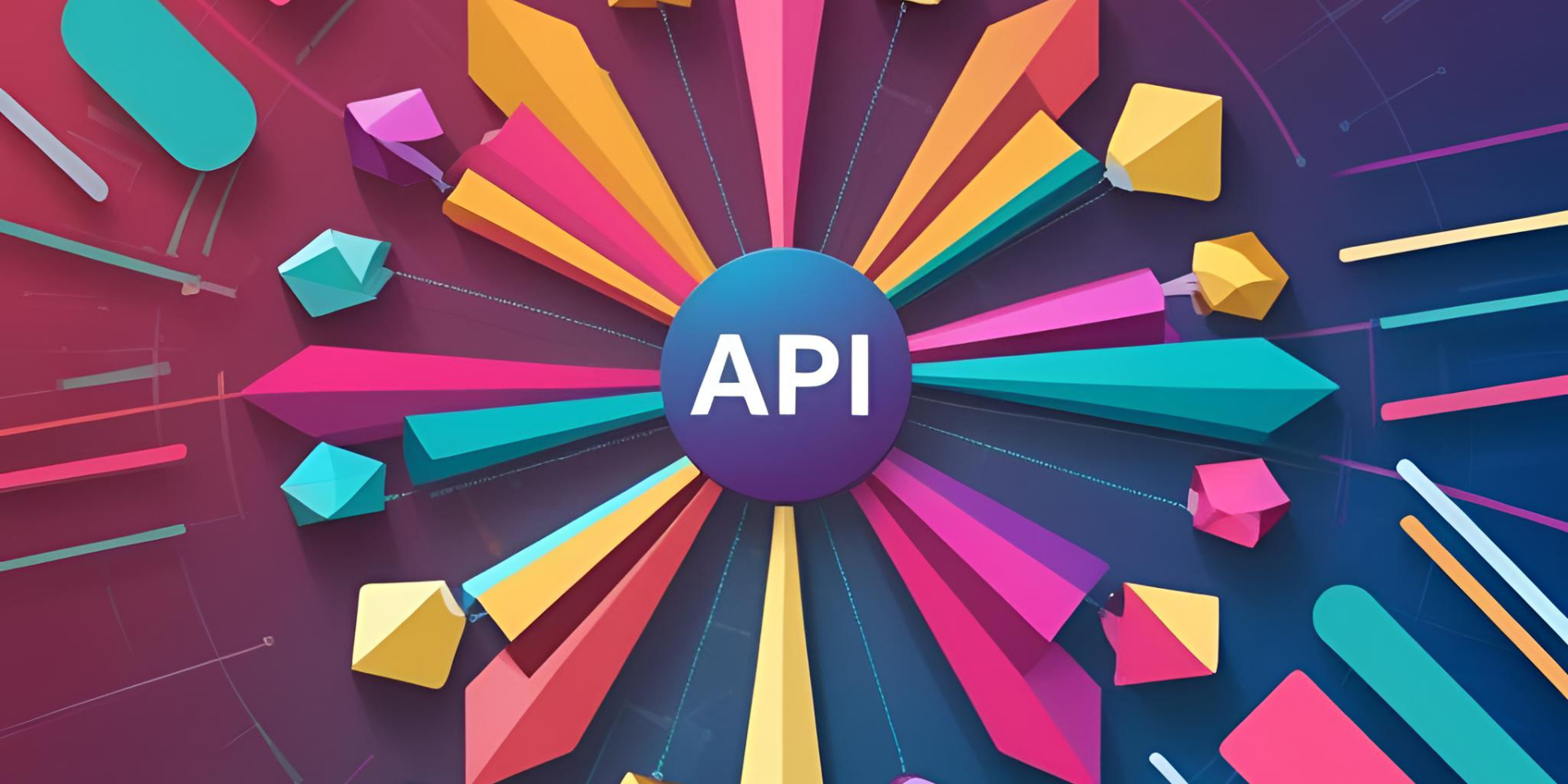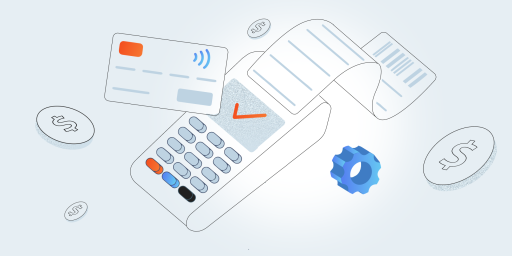If you are a tech-savvy person, you must have heard of API. And even if you’re not, you have definitely used APIs before. In fact, API technology is now one of the mainstays of the software world. From online maps and booking applications to logging into a new site using your Google or Facebook account — APIs are everywhere around us.
This technology has gotten even more popular as more software developers are switching from the monolith architecture to using microservices, often developed by third parties and incorporated into the main software solution in the form of API. This is why, if your organization deals with the API technology in any capacity, API testing is not just something you can consider — it’s the only way to guarantee that your API works well. Here is what you should know about API testing.
What is API testing? API testing definition
API (Application Programming Interface) works as an interface between two separate software systems enabling them to interact with each other. Some of the internal code (limited amount) of the system is exposed to the world so that a program can communicate with other programs.
Therefore, API testing is a software testing practice that is meant to verify that the API unit works properly on its own and as part of the larger software solution. API testing can investigate multiple aspects of the same application, including functionality, performance, and security. The exact set of goals and metrics for testing is defined for each QA project individually.
Why test API?
The objective of API testing is simple: to make sure that the API works flawlessly both on its own and in combination with other software modules. Flawless operation of an API can include various aspects of software quality, from functionality and performance to security and scalability. In essence, testing API is like testing any other interface in the software. You have to make sure that it is bug-free before shipping.
It resembles testing on the UI level, but instead of just using data input and output, the API tester makes calls to the API, receives output, and puts down the actual result as opposed to the expected one. You can perform it using special test solutions (for instance, Postman) or, as API testers frequently have to do, write API test code. This is why at least some coding knowledge is usually required from an API testing engineer.
The purpose of API test code is to issue a request to the API, output and note down the expected, actual results, and the time within which the response was delivered. There are also different types of API testing that can be used in different combinations depending on the specifics of the API and the project itself.
How to test API?
As we’ve already talked about the purpose of API testing and why it’s important, it’s time to take a more hands-on approach to API testing. Here is how to test API in the modern software development and testing life cycle:
- If you want to find serious bugs while testing API, first of all, hone in on its ordinary-use. Check how it responds to calls under typical conditions because that is what it mainly has to do. If a failure occurs, it means that there is an important bug somewhere else, and it has to be detected and caught.
- Stress testing is used to see how API copes with unexpected or excessive outputs.
- Another important focus of testing is to see how the system reacts to failures. Does it show an error message? If yes, does the error message include all the data needed to locate and fix the bug preventing the system from running? Does it make other applications or the system lag? All these questions are to be answered by an API tester.
Key API testing challenges
Timely and comprehensive testing of APIs brings considerable benefits to the development process and the quality of software overall. However, like most types of quality assurance, API testing is not without its challenges. Here are some of the most common issues a team can encounter while testing an API:
- The complexity of testing. While some argue that API testing is easier to perform than many other types and levels of testing, it can still be challenging to master, especially for QA engineers with little experience. The presence of an experienced QA lead or a tester with a similarly advanced skill set can help prepare the team for the project.
- Testing APIs in isolation. The QA team’s job is often to test the API itself, but an API never works on its own — only as part of a larger system. Testing all the possible combinations of APIs, scenarios, and integrations is an important part of the API testing process and what makes it more effective.
- Manual test execution. As the QA project progresses, the number of tests to keep under control can get overwhelming. In that case, the introduction of an automated API testing solution, provided that at least one person on the team has the technical knowledge to do it, can immensely benefit the testing process.
Bottom line
API testing cannot be treated as an afterthought or skipped completely if your users have come to rely on the opportunities provided by APIs. Whether you choose to perform all of your API testing on your own or use the services of a QA partner, being fully informed on the specifics of this type of testing results in better, more reliable software.
Frequently Asked Questions
Why API testing is important?
The importance of testing APIs lies in the very purpose of API testing. By knowing for a fact that your API works properly, displays stable performance, and does not negatively affect any other software units, you can release software with confidence and expect positive feedback from your customers.
What is API testing?
API testing means a type of testing that is meant to verify the functionality, stability, performance, security, and other quality parameters of an API. This can be done on the API itself as part of the development process or when the API is integrated with a larger software product.
What are the advantages of API testing?
Timely API testing helps solve a range of issues for software development teams. Most importantly, API testing allows companies to release software faster and of higher quality. Regular API testing also makes software maintenance easier and lowers the cost of correcting a bug by helping discover it early.



